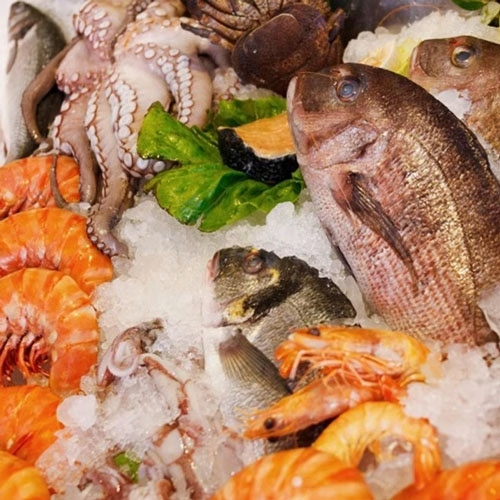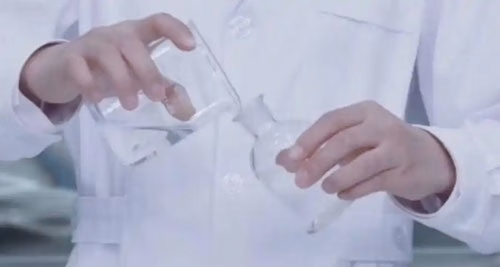Sodium tripolyphosphate(STPP)plays a crucial role in various aspects of the food industry. It is an inorganic compound with the chemical formula Na5P3O10. As a preservative, it helps to extend the shelf life of food products by inhibiting the growth of microorganisms. It could be used in meat processing, dairy products, baked goods, please click sodium tripolyphosphate uses for specific explanation.

I. Usage of Sodium Tripolyphosphate for Food
Sodium tripolyphosphate needs to be dissolved in water when use as food addtive. Its water solution can be evenly applied on the surface of meat or mixed into the water of aquatic product tank.
A. Ratio:
1 g of sodium tripolyphosphate 5-10 milliliters of water.
B. Handling of coagulation:
If the sodium tripolyphosphate has coagulated, it can be placed in a cold water bath or heated to about 50°C to facilitate its melting and dissolution.
C. Dosage:
The use of sodium tripolyphosphate (STPP) as a food additive is strictly regulated by various authorities around the world. Different countries have established different regulations regarding the maximum allowable levels of STPP in food products. This is crucial to ensure the safety of consumers and prevent excessive use of food additives.

For example: In China, the maximum amount of canned food, fruit juice (fruit-flavored) drinks, plant protein drinks is 1.0g/kg; the maximum use amount of dairy products, poultry products, meat products, ice cream, instant noodles is 5.0g/kg.
D. Precautions
- Dissolving conditions: When dissolving sodium tripolyphosphate, it is necessary to pay attention to the control of water temperature to avoid too high or too low temperature affecting its dissolving effect.
- Dosage control: add in strict accordance with the maximum usage amount specified, avoid overdosage to ensure food safety.
- Storage conditions: Sodium tripolyphosphate is relatively stable at room temperature, but it will be slowly hydrolyzed in humid air to produce sodium orthophosphate.
II. Mixed use of sodium tripolyphosphate with other food additives
A. Allowed:
Sodium tripolyphosphate can mix with sodium hexametaphosphat. Adding these substances to food can help diversify food varieties, improve their color, aroma, taste and shape, maintain the freshness and quality of food, and meet the needs of the processing process. ( To understand the food application of sodium hexametaphosphate, please read article “Sodium hexametaphosphate uses:Diverse Applications”.)

B. Disallowed:
Sodium tripolyphosphate should never mix with citric acid because it will react and become ineffective.
III. Safety of Sodium Tripolyphosphate as a Food Additive
While sodium tripolyphosphate (STPP) is generally regarded as safe when used in moderation, concerns regarding its potential health effects exist. Excessive consumption of STPP can lead to various adverse reactions such as nausea, vomiting, and diarrhea. Additionally, it may cause a reduction in calcium levels, increasing the risk of osteoporosis. However, it should be noted that the likelihood of these adverse effects occurring is relatively low when STPP is used within the permitted limits. For more details please read the article ” Is sodium tripolyphosphate safe”.
IV. Conclusion
Sodium tripolyphosphate has been an important part of the food industry for many years. Its uses in food preservation, enhancing water-holding capacity, and acting as a stabilizer and emulsifier have made it a valuable additive.
The sodium tripolyphosphate is usually used in the form of water solution. While it is generally considered safe when used in moderation, consumers should be aware of its potential health effects on over dosage and interactions with other food components. We should also be aware of the presence of STPP in food products and make informed choices about our diet.
Related article:
Is sodium tripolyphosphate gluten free ?

